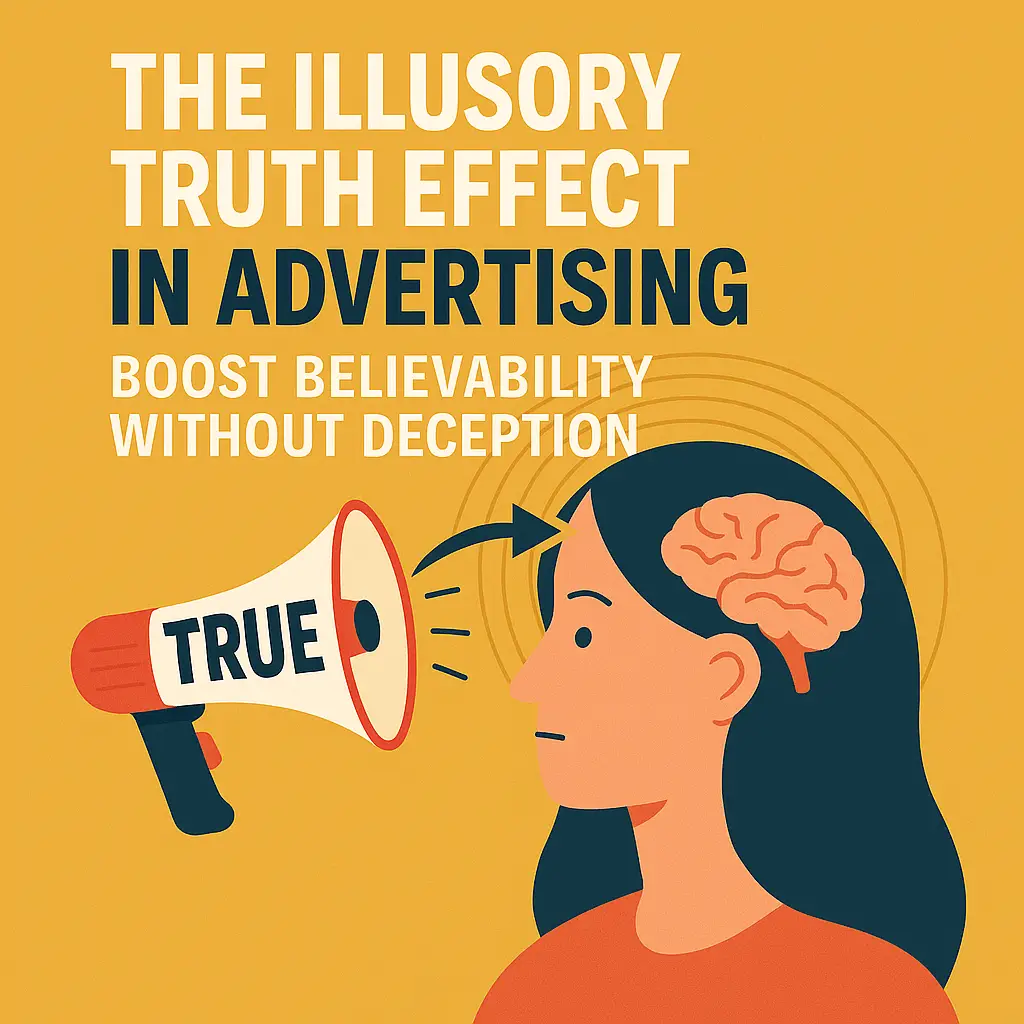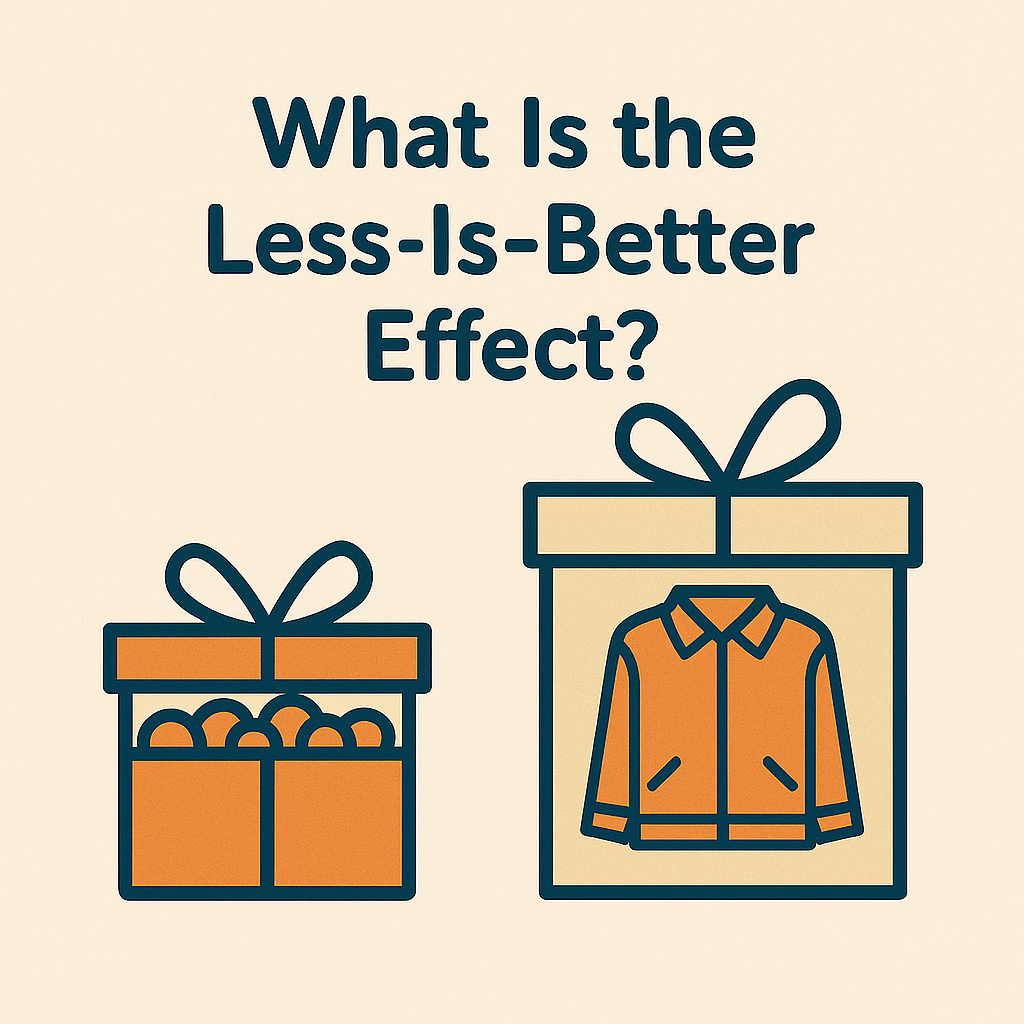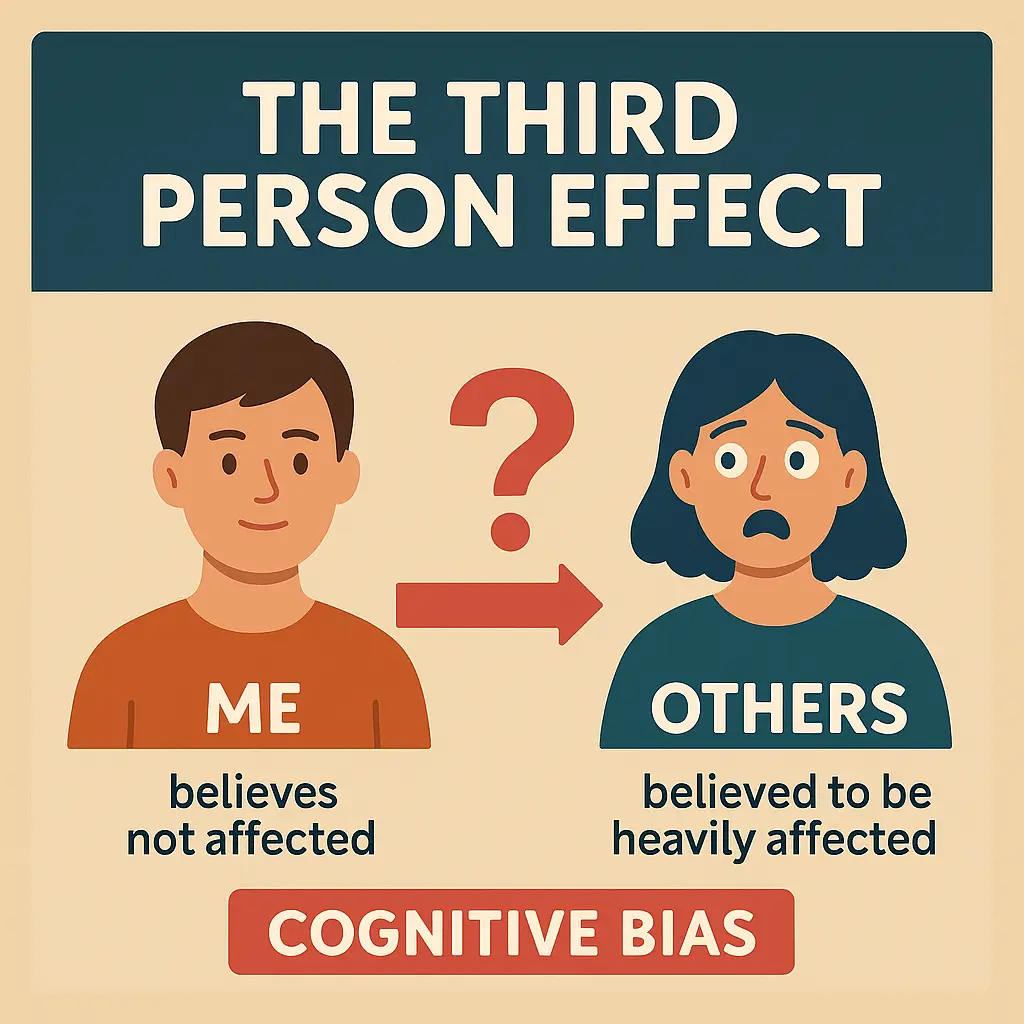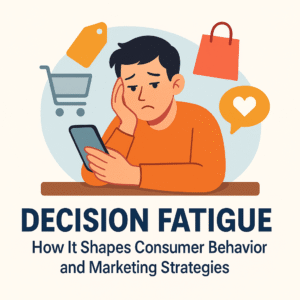
The Illusory Truth Effect in Advertising: Boost Believability Without Deception
Key Takeaways: What Is the Illusory Truth Effect? The illusory truth effect, sometimes referred to as the illusion of truth or validity effect, refers to our tendency to accept repeated information as true, even when it’s false. This phenomenon is driven by something called processing fluency, which is essentially our brain’s inclination to favour information that feels easy to digest. When we encounter a message multiple times, we often don’t stop to think about its accuracy. Instead, the familiarity of the message makes it feel true. Research has shown that













